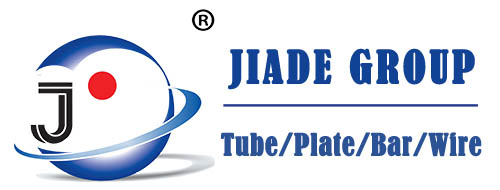After the stainless steel pipe fittings are compressed, the pipe will become hard and easy to crack due to deformation. Generally, it needs to be preheated to above 300, and the high temperature is around 1050 and 700, so stainless steel pipe fittings need to be annealed.
When stainless steel pipe fittings are welded to elbows, repeated heating precipitates carbides, which reduces corrosion resistance and mechanical properties. In order to prevent eye corrosion caused by heating, the welding current should not be too large, about 20% smaller than that of carbon steel electrodes, the arc should not be too long, the interlayer should cool quickly, and a narrow weld bead is appropriate.
In order to improve the corrosion resistance and weldability of the welded elbow, an appropriate amount of Ti, Nb, Mo, and other stable elements are added, and the weldability is better than that of the stainless steel stamped elbow. Welded elbows have good corrosion resistance and oxidation resistance, and are widely used in chemical, fertilizer, petroleum, and medical machinery manufacturing.
When using welding rods, keep them dry. The titanium-calcium type should be dried at 150 for 1 hour, and the low-hydrogen type should be dried at 200-250 (repeated drying is not allowed, otherwise the coating of the coated electrode is easy to crack and peel off), so as to prevent the coating from sticking to oil and other dirt. So as not to increase the carbon content of the weld and affect the quality of the weldment. When using the same type of chromium stainless steel electrode, it should be preheated at 200 or more, and tempered at about 800 after welding. If the weldment cannot be heat treated, chrome-nickel stainless steel electrodes should be used
The principle of determining the heating temperature of the stainless steel pipe fitting elbow is that the material should be above the austenite temperature, and the principal compressive stress on the inner wall of the elbow should be less than the limit of the material at this temperature. The higher the austenitizing temperature of the material, the higher the heating temperature; the higher the yield limit of the material at a high temperature, the higher the heating temperature. The temperature measurement method is a combination of a fixed far-infrared thermometer and a manual far-infrared thermometer, which is directly controlled by the shape of the induction coil and the relative position between the induction coil and the mandrel head. The shape of the induction coil is the primary factor, and the relative position of the induction coil to the mandrel head is a secondary factor.
The influence of the pushing speed on the geometry of the pushing elbow when the wall thickness of the stainless steel elbow increases at high temperature: the pushing speed is an important process parameter, and the elongation of the outer wall of the elbow is directly controlled by the flow adjustment of the hydraulic system, which is less than that of the material at this temperature elongation rate.

